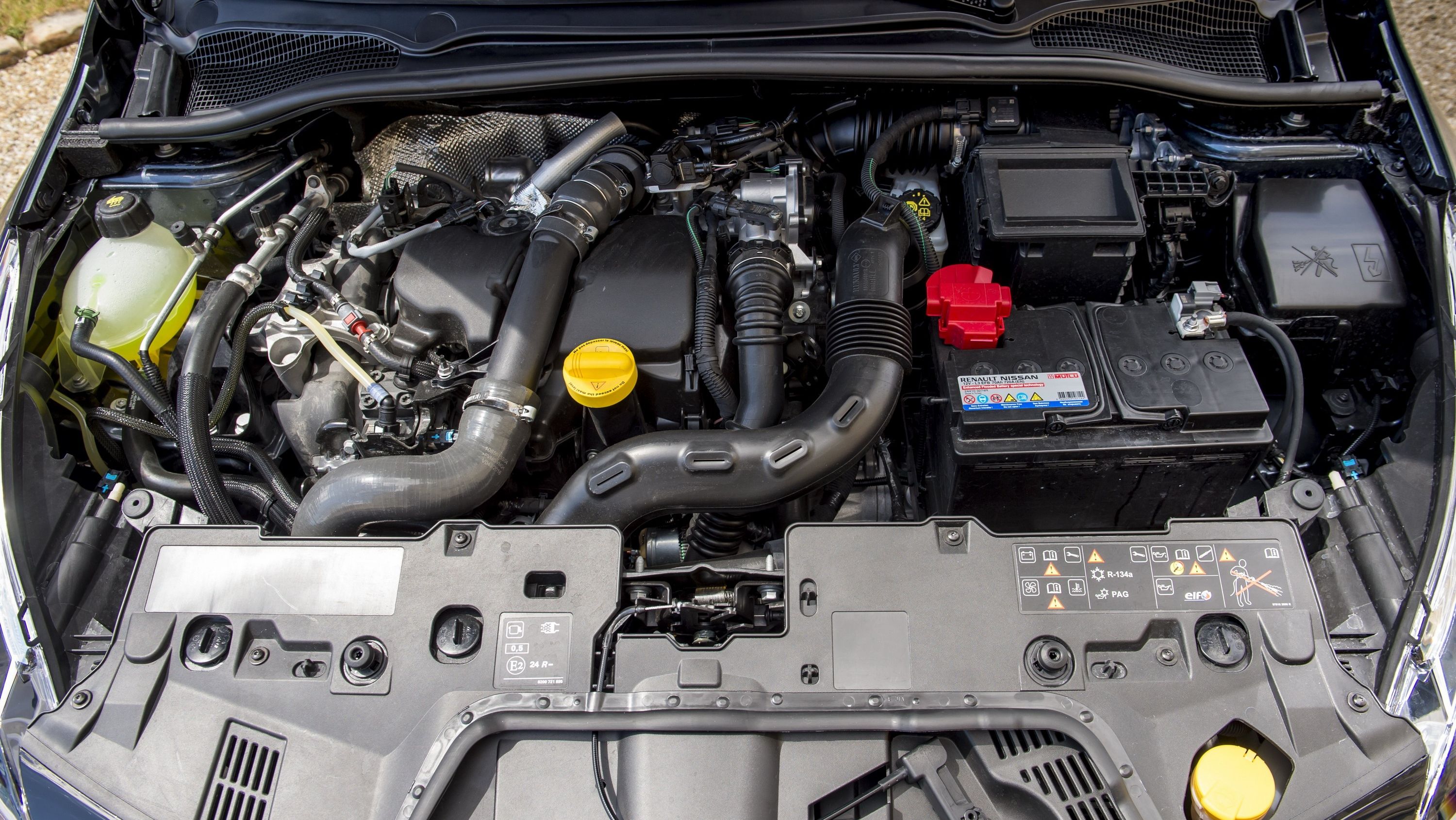The war on emissions has been on-going with automakers continuously pressed to lower emissions output from their vehicles year after year. Over in Europe, the strategy to meet stringent emissions regulations has resulted in the downsizing of engines and the addition of turbochargers to make up for the power deficit. As such, the average engine size in Europe is anywhere between 1.3- and 1.9-liters. The shrinking of engines has worked well for emissions tests in Europe up until now, but according to Reuters, new on-the-road emissions testing has shown that smaller engines actually fail to meet the latest standards. This being the case, automakers are being forced to rethink their strategy, and those smaller engines could be on the chopping block.
So how bad is it? Well, real-world testing has shown that most of the smaller engines currently in use – like GM’s 1.2-liter diesel and VW’s 1.4-liter, three-pot diesel – can produce NOx levels up to 15 times the current legal standard when driven at higher loads. Smaller gasoline engines of similar size lose fuel-efficiency and “spew fine particles and carbon monoxide.” Renault’s 0.9-liter H4Bt engine injects excess fuel to prevent overheating, which has been found to produce massive levels of unburned hydrocarbons, fine particles, and CO2. So, what can automakers do to meet the tougher emissions regulations that must be adhered to by 2019?
Automakers have largely remained silent as to what their strategy will be going forward. But, sources have indicated that Volkswagen, Renault, and General Motors are all preparing to upsize some of their best-selling smaller engines while others will be retired altogether. All three have declined to comment on specific plans so far, but Alain Rapos – the Head of Powertrain for Renault-Nissan – said, “The techniques we've used to reduce engine capacities will no longer allow us to meet emissions standards. We're reaching the limits of downsizing.”
Keep Reading for the rest of the story.
It’s Crunch Time
All models will be required to meet emissions standards under real-world testing conditions by 2019. To make matters even worse for automakers, real-world testing for fuel consumption and C02 output goes into effect in 2021. People with knowledge of the matter has said that GM will not replace its current 1.2-liter diesel engine when it introduces its new architecture in 2019. Its smallest engine will reportedly be some 25- to 30-percent larger. Meanwhile, Volkswagen is said to be replacing its diesel-drinking, 1.4-liter three-pot with a 1.6-liter four-cylinder and Renault is planning to increase its 1.6-liter R9M diesel by about 10 percent. Somehow, Mercedes saw all of this coming and never jumped onto the three-cylinder bandwagon. Thomas Weber – Head of R&D at Mercedes DAIGn_.DE – said, “It becomes apparent that a small engine is not an advantage. That's why we didn't jump on the three-cylinder engine trend.”
Surely more information will come to light as we move closer to the turn of the decade, but it is being predicted that new real-world testing could kill diesel engines smaller that 1.5-liters and gasoline engines below 1.2-liters. Some analysts believe that hybridization may be the key. Sudeep Kaippalli, an analyst for Frost and Sullivan, said, “You can't downsize beyond a certain point, so the focus is shifting to a combination of solutions.” In the future, he continued, “downsizing will mean you take a smaller engine and add an electric motor to it.”

